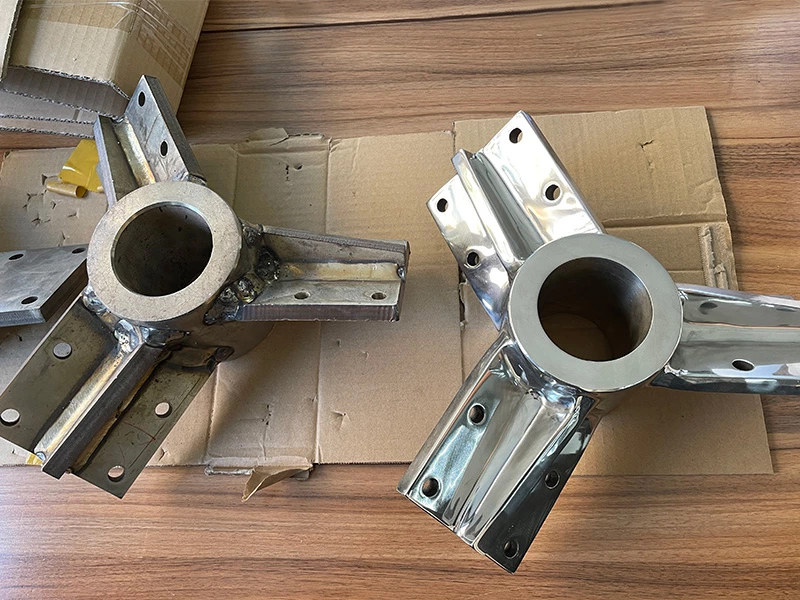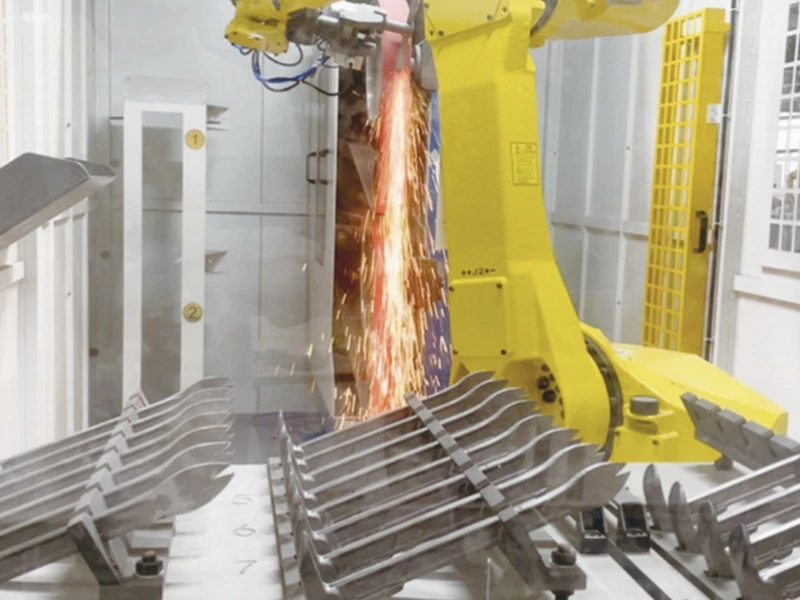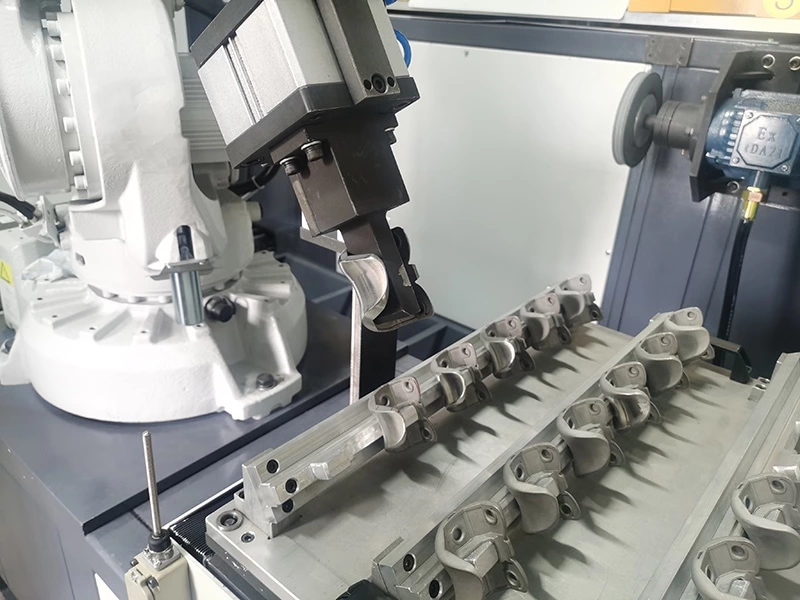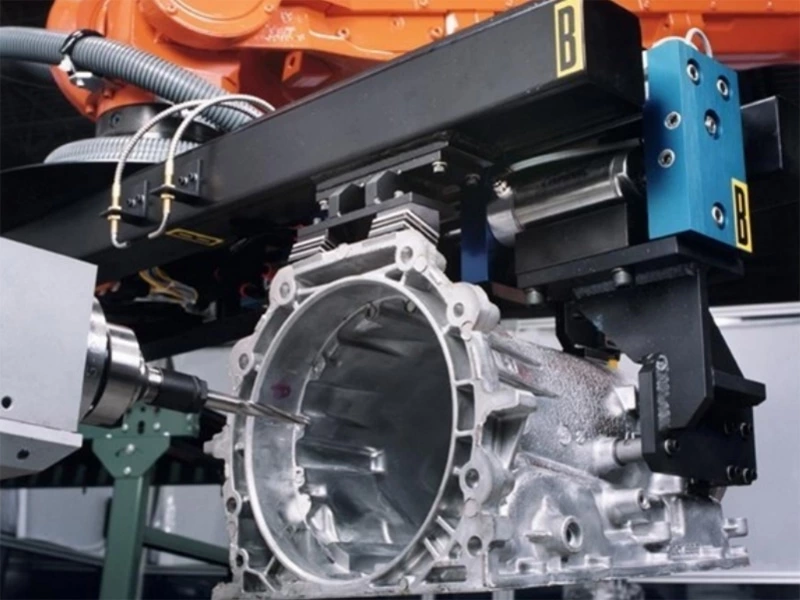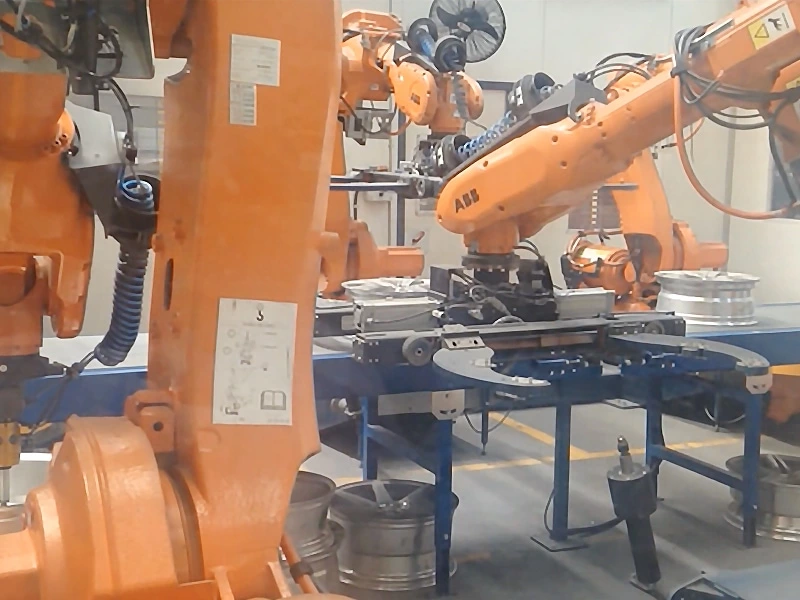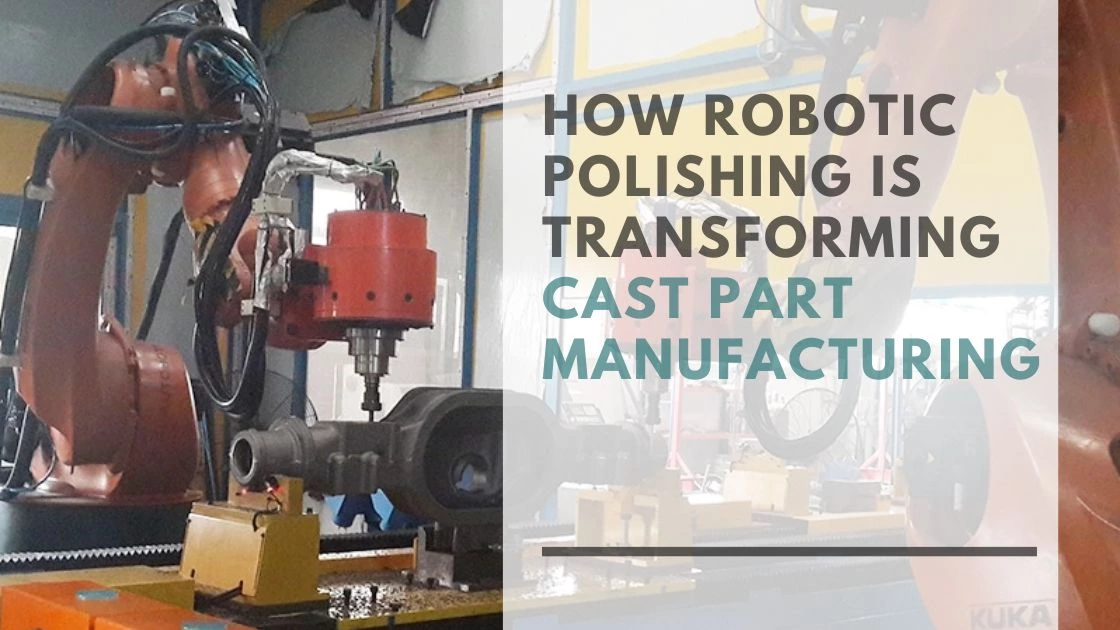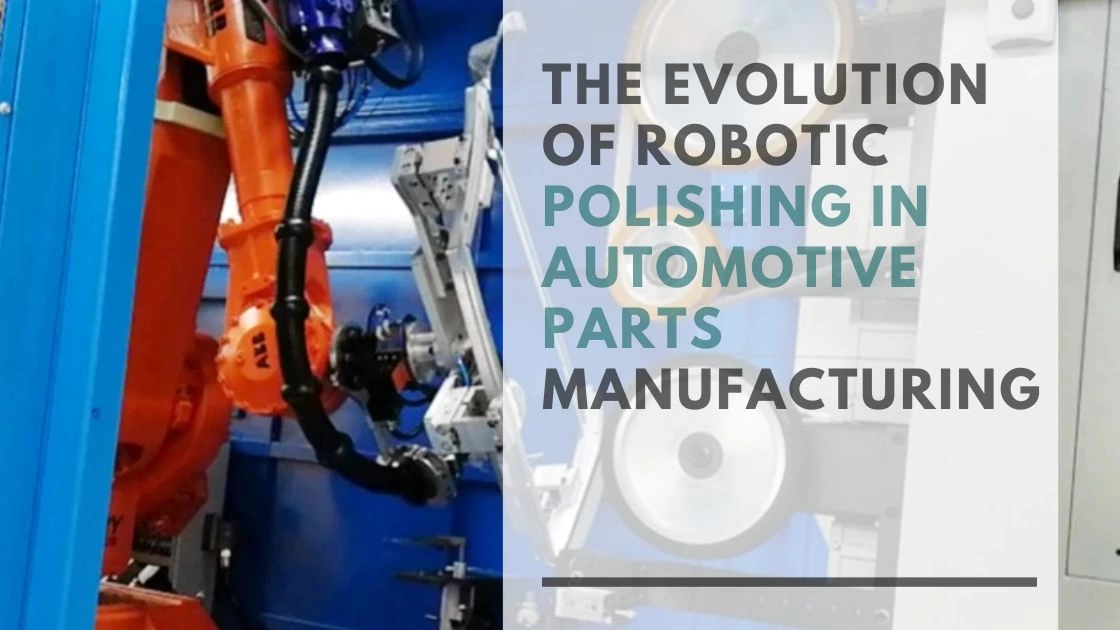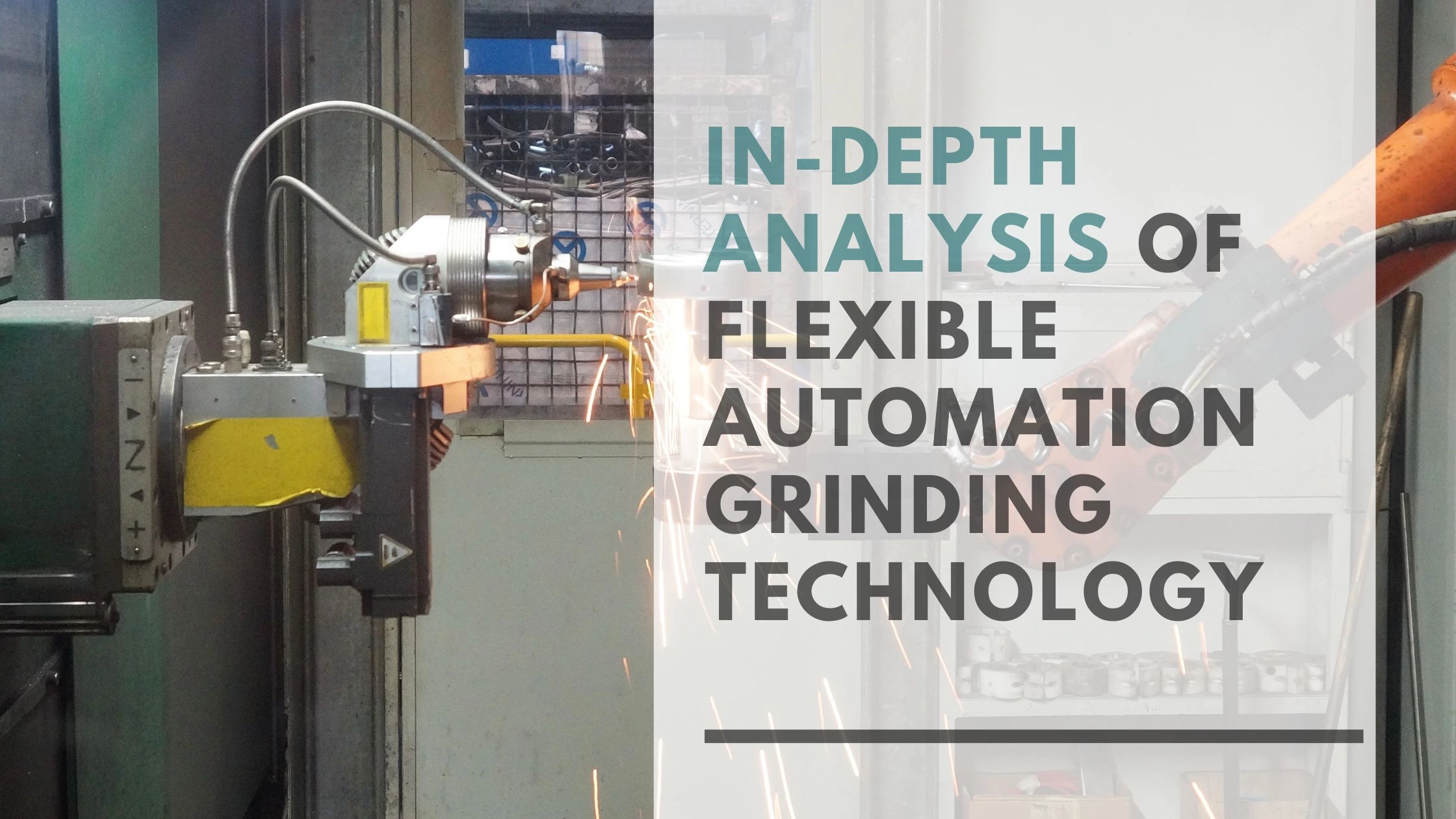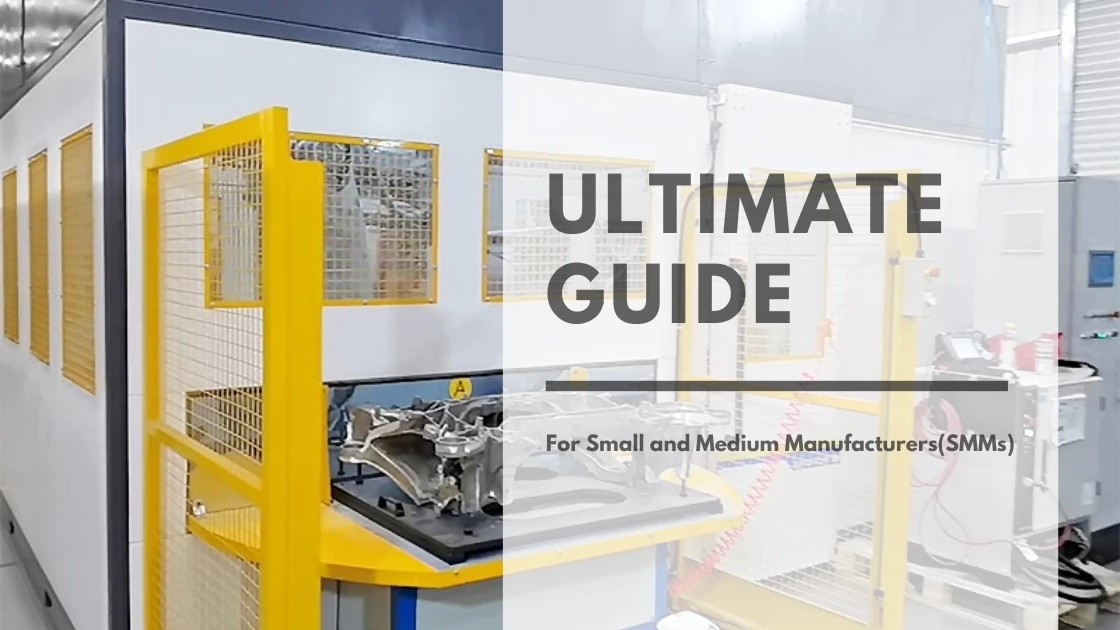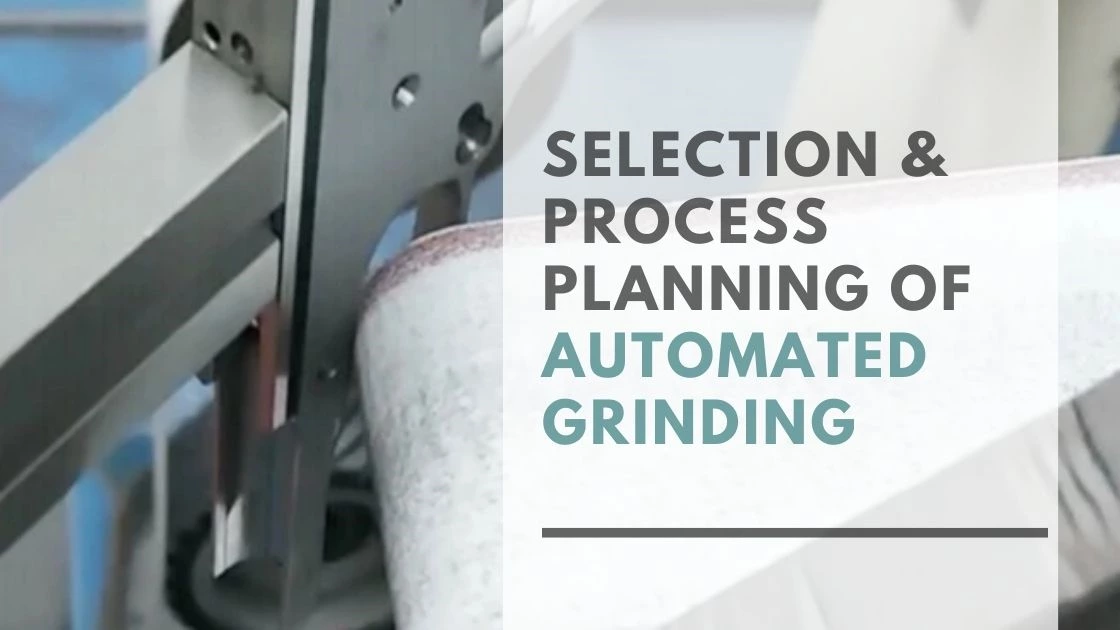How Robotic Polishing is Transforming Cast Part Manufacturing
The manufacturing industry is rapidly evolving, and the demand for high-quality cast components is growing across sectors such as automotive, aerospace, and heavy machinery. Cast parts, typically made from materials such as aluminum, steel, and iron, require a flawless surface finish to ensure durability, performance, and compliance with stringent industry standards. Traditionally, manual polishing has been the go-to method for refining these components, but the advent of robotic polishing is revolutionizing the process by offering greater precision, efficiency, and consistency.
Why Robotic Polishing is Ideal for Cast Components
Robotic polishing involves the use of automated robotic arms equipped with advanced polishing tools that refine and smooth cast components. These systems are designed to handle complex geometries, varying surface textures, and high-volume production demands. Cast components often feature intricate shapes that make manual polishing not only time-consuming but also prone to errors. Robotic systems eliminate these challenges by offering consistent performance, ensuring that each part meets exacting standards.
One of the key advantages of robotic polishing is its ability to apply precise pressure and control over the polishing path, reducing variability and ensuring uniformity across batches. Modern robotic systems are equipped with multi-axis control, force feedback technology, and AI-driven adaptive learning, enabling them to dynamically adjust to the intricacies of different cast parts. These features allow robotic polishing systems to handle a wide range of materials and part geometries, ensuring that surface imperfections are minimized while maintaining dimensional accuracy.
The Shift from Manual to Automated Polishing
Manual polishing, while effective for certain applications, is inherently limited by human fatigue and variability. As production volumes increase and part tolerances tighten, manufacturers are seeking solutions that can scale with demand while maintaining high standards. Robotic polishing addresses these needs by offering continuous operation without fatigue, reducing error rates, and enhancing overall process efficiency.
Moreover, manual polishing exposes workers to hazardous environments, such as fine particulate matter and noise, posing health risks over time. By automating the polishing process, manufacturers can protect workers from these occupational hazards while ensuring compliance with environmental and safety regulations. Robotic polishing systems not only improve workplace safety but also reduce labor costs and minimize material waste, making them an attractive investment for forward-thinking manufacturers.
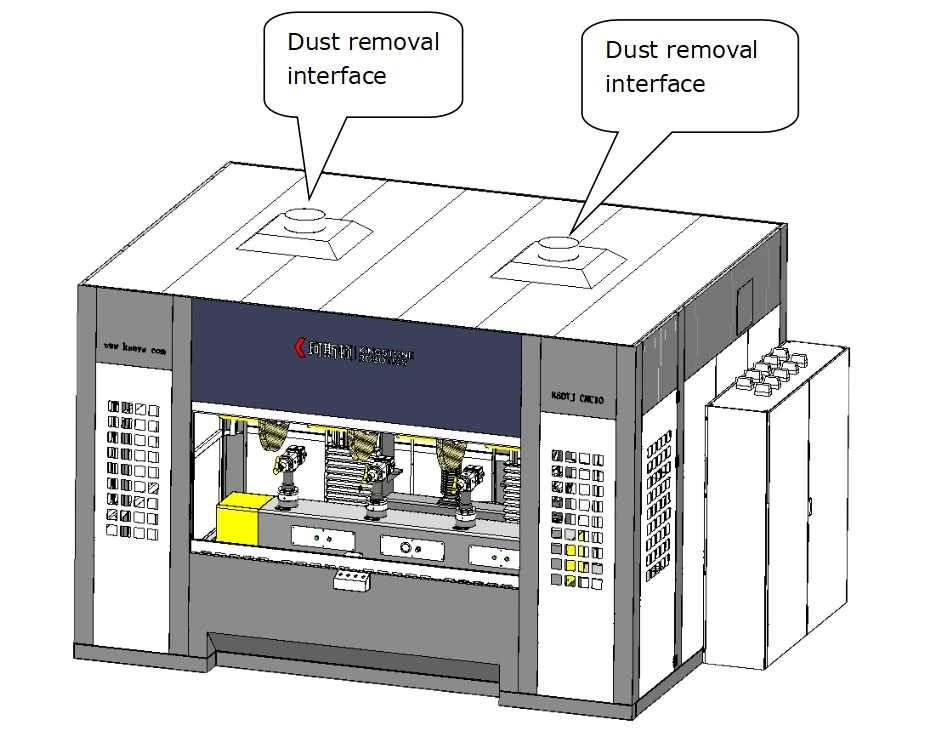
Dust Removal Interface Outlet for CNC Polish Station
Key Technologies Powering Robotic Polishing
The success of robotic polishing systems can be attributed to several advanced technologies that enhance their precision and adaptability.
1. Multi-Axis Robotic Arms and Force Control Systems
Modern robotic arms are equipped with multi-axis control, allowing them to maneuver with high precision around complex geometries. Force control systems ensure that the polishing tool maintains consistent contact with the part’s surface, dynamically adjusting the applied force to prevent over-polishing or under-polishing.
2. AI and Machine Learning Integration
Artificial intelligence (AI) and machine learning (ML) are increasingly being integrated into robotic polishing systems. These technologies enable robots to learn from previous polishing cycles, optimize polishing paths, and adapt to variations in part geometry and material properties. AI-driven systems can detect anomalies in real time and adjust polishing parameters accordingly, leading to higher accuracy and reduced rework.
3. Vision and 3D Scanning Systems
Vision-based inspection systems, often paired with 3D scanning technology, allow robotic polishing systems to map the surface of a cast part and identify areas that require additional attention. These systems enhance the accuracy of the polishing process, ensuring that the final product meets specified tolerances and quality standards.
4. CNC and IoT Integration
The integration of Computer Numerical Control (CNC) systems with robotic polishing technology allows manufacturers to create highly detailed polishing paths and maintain consistency across large production runs. Additionally, IoT-enabled systems provide real-time performance data, allowing manufacturers to monitor and optimize the polishing process remotely.
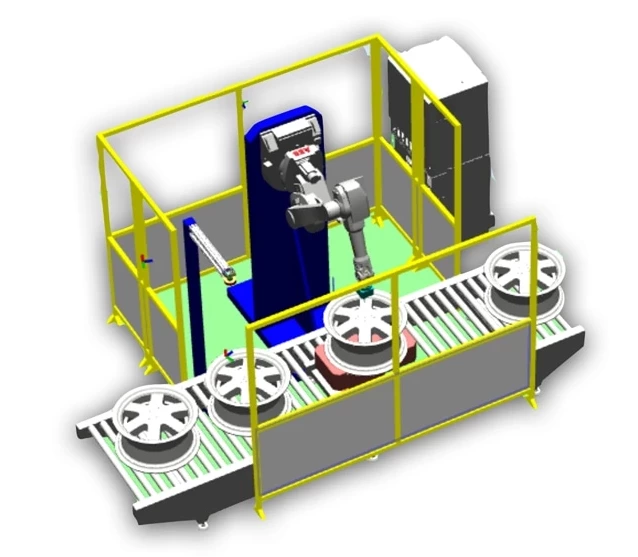
Applications of Robotic Polishing in Cast Component Manufacturing
Robotic polishing has become indispensable in industries that rely on cast components for critical applications.
1. Automotive Sector
In the automotive industry, cast components such as engine blocks, transmission housings, and brake calipers require precise surface finishing to ensure optimal performance. Robotic polishing systems can achieve the necessary surface quality while maintaining tight tolerances, contributing to improved vehicle efficiency and longevity.
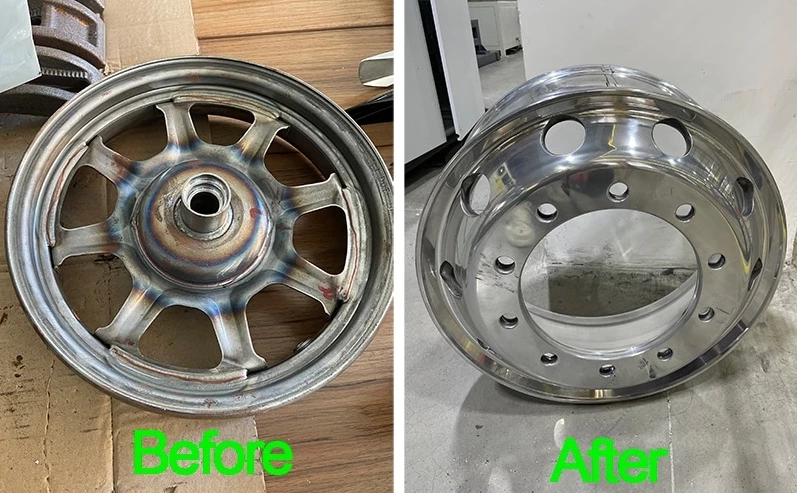
Comparison before and after Automotive Robotic Polishing
2. Aerospace and Aviation
Aerospace components, including turbine blades, structural castings, and engine housings, demand high levels of precision and durability. Robotic polishing systems ensure that these parts meet stringent aerospace standards, reducing the risk of component failure in critical applications.
3. Medical Devices and Implants
Medical devices and implants, such as orthopedic implants and surgical instruments, must meet strict biocompatibility and hygiene standards. Robotic polishing systems achieve the ultra-smooth finishes required for these applications, minimizing the risk of contamination and ensuring patient safety.
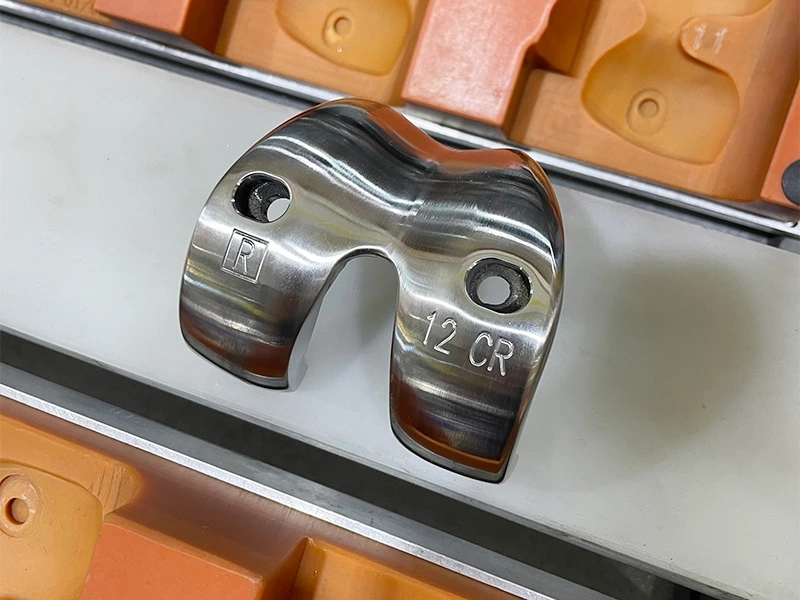
Medical Joints Polish
4. Heavy Machinery and Industrial Equipment
In the industrial sector, cast components used in heavy machinery and equipment are subjected to harsh operating conditions. Robotic polishing enhances the durability of these components by improving surface hardness and reducing susceptibility to wear and corrosion.
Case Studies: Demonstrating the Impact of Robotic Polishing
Case studies from various industries have demonstrated the tangible benefits of adopting robotic polishing systems.
A leading automotive manufacturer integrated robotic polishing into its production line to process aluminum engine blocks. The result was a 40% increase in production efficiency and a 30% reduction in defect rates. The system’s ability to maintain consistent polishing quality across thousands of parts allowed the manufacturer to meet tight production deadlines while reducing operational costs.
In the aerospace sector, a supplier of turbine components deployed robotic polishing to refine the surfaces of titanium castings. The robotic system delivered precise polishing results that met stringent aerospace standards, reducing rework and enhancing part performance.
Future Trends: Innovations Shaping the Future of Robotic Polishing
The future of robotic polishing in cast component manufacturing is being shaped by emerging technologies that promise even greater precision, efficiency, and sustainability.
1. AI-Powered Predictive Maintenance
AI-driven predictive maintenance systems will enable manufacturers to monitor the health of robotic polishing systems in real time, identifying potential issues before they cause downtime. This proactive approach will minimize disruptions and extend the lifespan of equipment.
2. IoT-Enabled Smart Factories
The integration of IoT technology will allow manufacturers to create smart factories where robotic polishing systems are connected to a centralized network. This connectivity will enable real-time data analysis, process optimization, and remote monitoring, resulting in higher efficiency and reduced waste.
3. Sustainable Polishing Practices
As manufacturers strive to reduce their environmental footprint, robotic polishing systems are being designed to minimize energy consumption and material waste. Future systems will incorporate eco-friendly polishing media and recycling processes to align with green manufacturing initiatives.
4. Customization for High-Mix, Low-Volume Production
Robotic polishing systems will become more adaptable to high-mix, low-volume production environments, where manufacturers need to process a variety of cast components with different specifications. Modular system designs and AI-driven process optimization will enable greater flexibility and customization.
Conclusion: Redefining Cast Component Finishing with Robotic Polishing
Robotic polishing is revolutionizing cast component finishing by delivering unparalleled precision, consistency, and efficiency. As industries demand higher quality standards and tighter tolerances, robotic systems provide a scalable and cost-effective solution to meet these challenges. With advancements in AI, IoT, and sustainable manufacturing practices, the future of robotic polishing is poised to elevate the quality and performance of cast components across diverse industries. Manufacturers who invest in these technologies today will position themselves at the forefront of innovation and competitiveness in the evolving global marketplace.
References:
- Smith, J. (2024). "Automation in Surface Finishing: Enhancing Quality Through Robotic Polishing." Journal of Advanced Manufacturing Technologies.
- Thompson, R. (2023). "Applications of AI and IoT in Robotic Polishing Systems." International Journal of Robotics and Automation. Retried
- Johnson, M. (2024). "Future Trends in Cast Component Polishing: The Role of AI and Machine Learning." Proceedings of the Global Manufacturing Conference.

